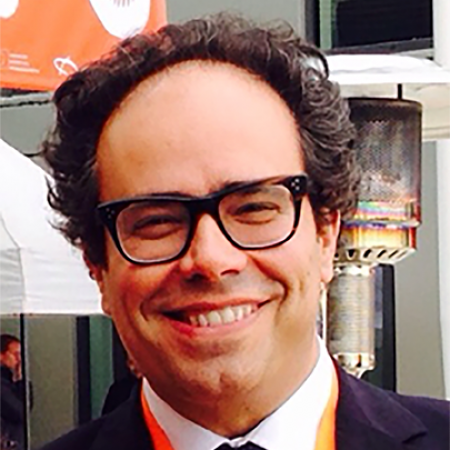
Prof. Luis O. Silva
Luis O. Silva
Instituto Superior Téchnico
Friday, September 30, 2016
3:00pm
Abstract: The advent of ultra intense lasers and particle beams is opening new frontiers in physics by triggering the exploration of scenarios with unprecedented extreme conditions dominated by relativistic effects. In some conditions, even QED effects play an important role, with the production of hard photons and electron-positron pairs. These scenarios are highly nonlinear and can only be fully captured via self consistent ab initio massively parallel kinetic simulations. I will revise some of the most important advances and the open challenges in the field, illustrating how large scale numerical simulations are helping us to capture in silico these extreme laboratory and astrophysical environments.
Bio: Luís O. Silva is Professor of Physics at Instituto Superior Técnico, Lisbon, Portugal, where he leads the Group for Lasers and Plasmas. He obtained his degrees (MSc 1992, PhD 1997 and Habilitation 2005) from IST. He was a post-doctoral researcher at the University of California Los Angeles from 1997 to 2001. Since 2013, he is also the President of the Scientific Council of IST.
His scientific contributions are focused in the interaction of intense beams of particles and lasers with plasmas, from a fundamental point of view and towards their applications for secondary sources for biology and medicine.
He was awarded an Advanced Grant from the European Research Council in 2010, being one of the youngest scientists to be awarded an Advanced Grant, and a second time in 2015, being one of the fewest scientists in Europe with two ERC Advanced grants. He was awarded the 2011 Scientific Prize of the Technical University of Lisbon, the distinction Young Scientist 2009 at the Summer Davos of the World Economic Forum, the IBM Scientific Prize 2003, the 2001 Abdus Salam ICTP Medal for Excellence in Nonlinear Plasma Physics by a Young Researcher, and the Gulbenkian Prize for Young Researchers in 1994. He was elected Fellow of the American Physical Society and to the Global Young Academy in 2009.